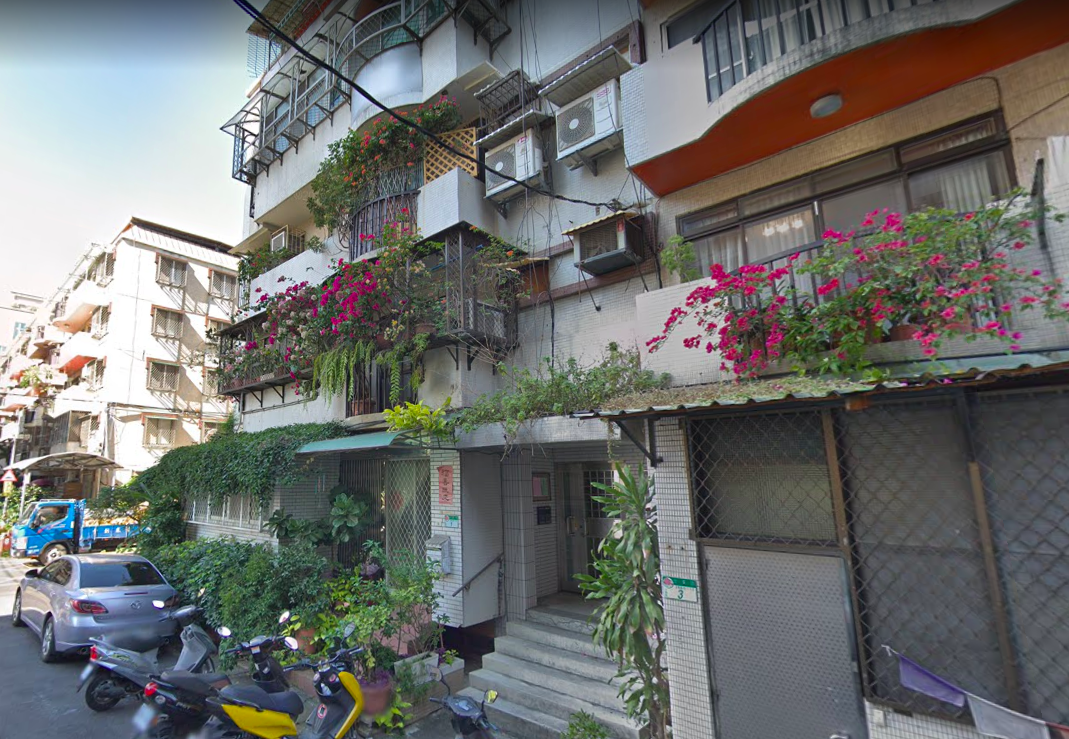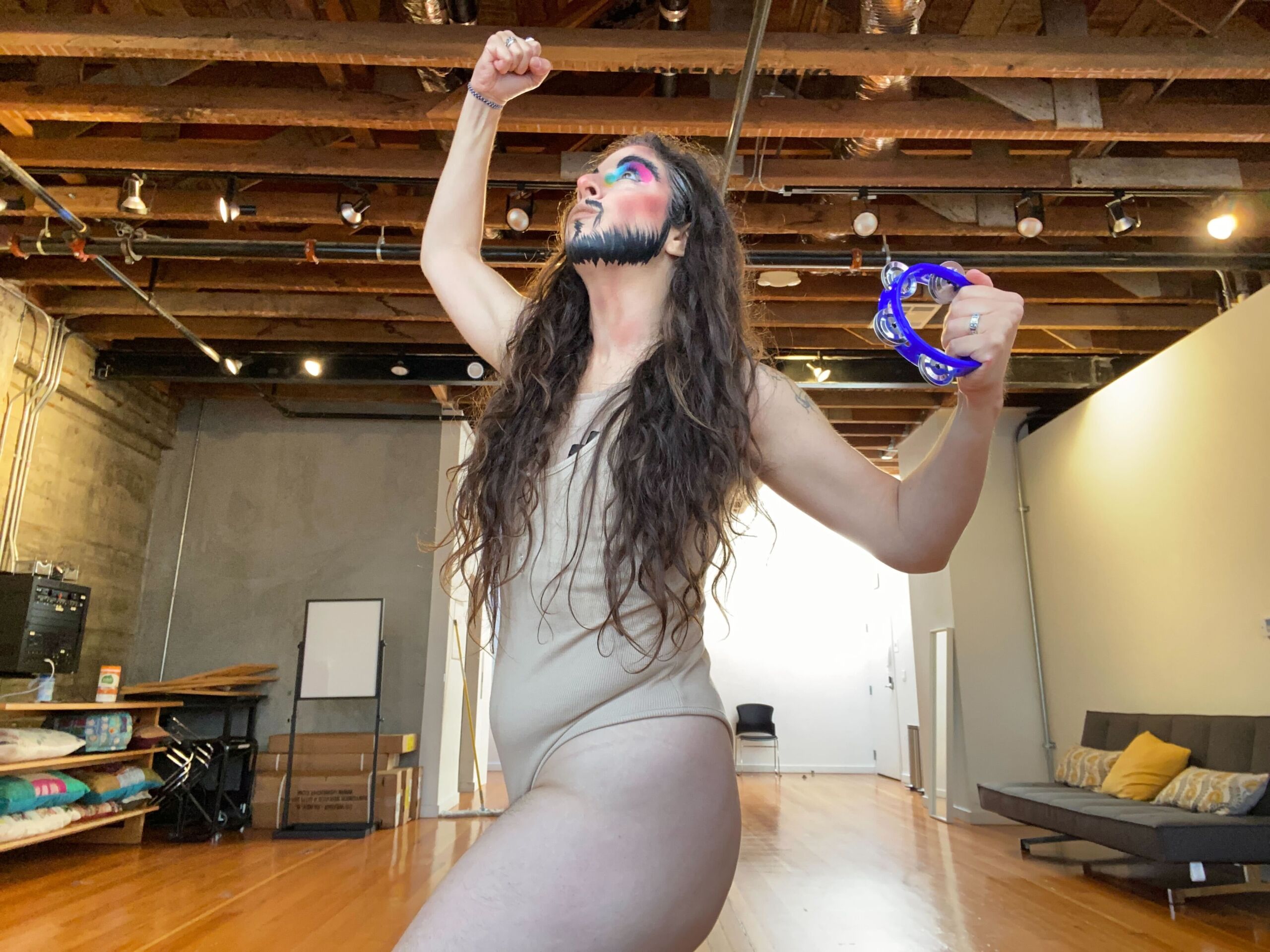A Choreographical Investigation
I am currently deep in the process of creating the piece to be performed in October. As I do this, I think about what my intentions are, what I want to convey, and what I use to embody (a good word for a choreographer) those intentions. Intentions exist on the level of creating and exploring themes, such as for this piece, the relationship between dancers and food. Intentions also exist on the level of wanting to create a certain aesthetic experience.
In some of the pieces that I have created, I use chairs as an element with which the dancers play. Once, when I showed such a piece in a workshop and I was challenged. “Why do you have a chair in your choreography? What’s the meaning? Every element of your choreography must have meaning. If it does not have meaning, it should not be included. You should be able to explain the chair’s place in your choreography.” On first glance, this seemed like a reasonable prescription. After all, random elements thrown in are not likely to result in powerful choreography. The fact is, though, I didn’t choose to use a chair because of any meaning that could be articulated in words. I chose to use the chair because I just had knee surgery and couldn’t bend my left knee as deeply as I normally would. The chair – a rolling chair – helped me move and provided stability. That explanation deeply disappointed my questioner.
This has troubled me a long time and, perhaps the answer is obvious, and, now that I’m thinking about dance and food, an analogy has come to me. While food can be an artistic expression, no one asks a chef, what is the meaning of tarragon in your sauce? To come up with a meaning would do violence to the aesthetic experience and supplant it with a semantic structure that is rather nonsensical. The tomatoes represent Christ’s blood that was shed for us, the onions the tears that Mary cried, the tarragon the wooden cross, etc., etc. etc….
Another way to think about this is that it seems to me that my questioner was asserting that language should be able to explain what the meaning of an element in a dance work is, and, that there is an aesthetic implied by the assertion. Moreover, this aesthetic works to the detriment of other possible types of aesthetics. I want to be clear here, because I think much of the issue has to do with a particular understanding of language. That is, what the assertion was implying was that language, as we commonly understand it – spoken or written, made up of words – is an important arbiter – maybe the arbiter of what dance should be. But then, why not just talk and forget about dancing?
I’m often asked what is the meaning of this hand gesture or that hand gesture of my dance. Presumably because of Indonesian dance has a lot of hand gestures (mudras) they think each hand gesture has a specific meaning. While perhaps it is true to some other world dance styles (e.g. Barathanatyam, Odisi, Hula), but in Indonesian dance depending on the choreography, hand gestures sometimes have specific meaning and sometimes they are simply used for the esthetic purposes. Javanese dance’s hand gestures have names, e.g. nylekenthing, nyempurit, ngruji, ngepel, ukel, etc., some have specific meanings, but some don’t (or the meaning is embedded on the meaning of the whole phrase, e.g. theme of sadness, joy, longing, etc). The question is, why we have to know about “meaning” in order to “enjoy” the dance?
I anticipate talking with many people about my upcoming performance and look forward to it. Undoubtedly in the questions will be what does this mean, or what does that mean? For some things, I will have definite answer. For other things, I may resort to the old trick of therapists everywhere and reply with a smile, “What does it mean to you?”
Share This!
More Good Stuff
Unsettled/Soiled Group is a group of East, Southeast, and South Asian diasporic movers, makers, and settlers on Ramaytush and Chochenyo Ohlone land. Unsettled/Soiled Group is led by June Yuen Ting, one of CounterPulse's 2022 ARC Performing Diaspora artists and will debut Dwelling for Unsettling alongside VERA!'s Try, Hye!, Thursday through Saturday, December 8-10 & 15-17, 2022
Try, Hye! by Vera Hannush/VERA! & Dwelling for Unsettling by Unsettled/Soiled Group December 8-10 & 15-17, 2022 // 8PM PT // 80 Turk St, SF
VERA! (they/them) is a queer Armenian American drag king, dancer, and community activist. They are one of CounterPulse's 2022 ARC Performing Diaspora artists and will debut Try, Hye! alongside Unsettled/Soiled Group's Dwelling for Unsettling, Thursday through Saturday, December 8-10 & 15-17, 2022






Sri,
First of all what an amazing post and I think these are the perfect questions to be kicking off year two of Performing Diaspora. Secondly, I can wait till we get you all in the space, it is going to be an amazing fall season for us!
You know this dilemma of meaning is a funny thing. It is actually the part of dance that I have enjoyed the most in my brief exposure to it here at CounterPULSE. I embrace not getting every little meaning that the choreographer intended. If we as an audience are expected to “get” exactly what the choreographer intended then the dance would have to no longer be a metaphor and instead be realistic and how exciting could a “realistic” dance be. I much prefer interpreting my own meaning in the work and actually find that when my vision of the meaning of a piece is drastically different than a creator’s objective that actually deepens and enriches the experience for me. The artistic brilliance then becomes the fact that we were both consumed and engrossed in the meaning of the piece but it was somewhat of an intersection of broader subject matter and I think that makes the work more valuable. After all when we make art aren’t we trying to affect the broadest possible audience, so wouldn’t a measure of it affecting someone who has interpreted an entirely different meaning actually make the work more valuable?
I approach all of this from the aesthetic of theater which, as I have learned over the past two years immersed in the dance heavy performance art world, is a very different place to be coming from. In the theater world however, the issue of language is more blatant in that typically (though not always as any Beckett fan can tell you) the language is laid out right on the table which in a way already gives the audience’s brain something to latch on to and congeal around. Maybe this is a short cut in some people’s opinion, I like to think of it more as framing the debate. Also, in the theater there is much more focus on intent and several of the acting schools will focus on this alone. I find here too that as long as a performers intent and objective is clear that the actual intended meaning is less important. I get to play a bit of the role of writer and fill in the pieces with my own creativity.
Lastly, I love the issues you raise with the “chair” in your piece. I actually wrote a Beckett-inspired piece in college about a man who moves roboticaly from chair to chair doing his daily work. It wasn’t important that it was a chair, it could have been a block of wood or a bench or any other thing, the meaning was that we are absurdly pursuing work, the chair was just a means to an end for me. It also reminded me a lot of my first World History class in high school. We were all terrified when our teacher set a chair at the front of the class and asked us all what it was. Of course we said it was a chair, but then he asked us how we knew it was a chair. His intent was to show us the basic debate between being born with the knowledge that this was a chair or were we taught that it was a chair (given that none of us could remember that childhood less). And of course in the theater when there is a chair on stage the reason is most likely because someone has to sit in it, and I loved that it was the reason for it being in your piece.
And then of course there is always the question of how do you know it is a chair at all…..
Keep up the great work Sri, see you in a few weeks at your first Works in Progress!